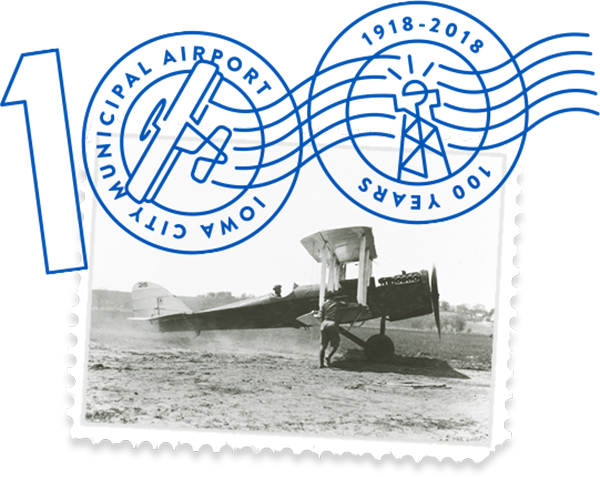
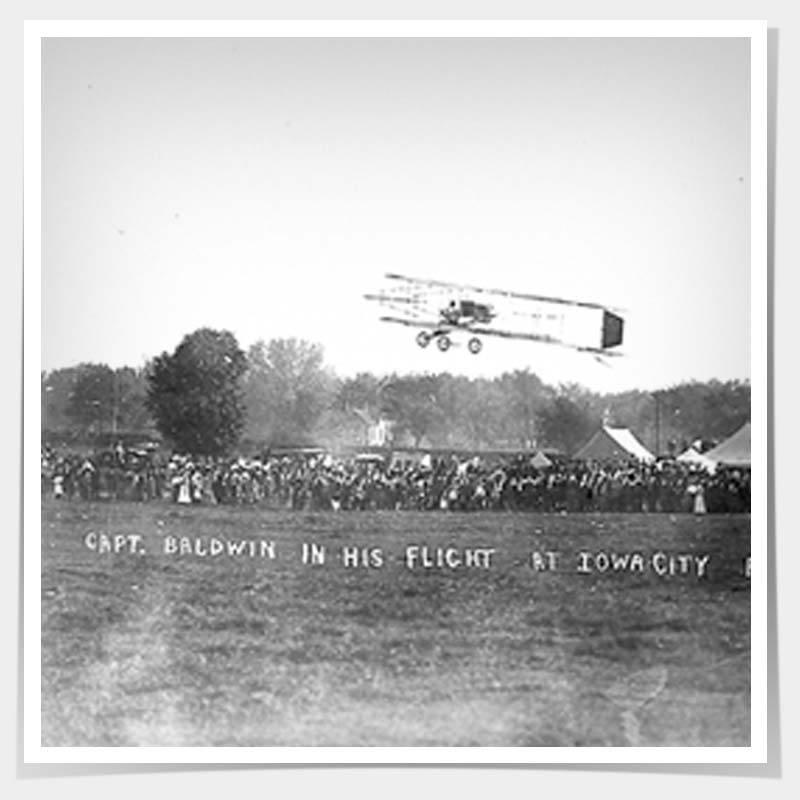
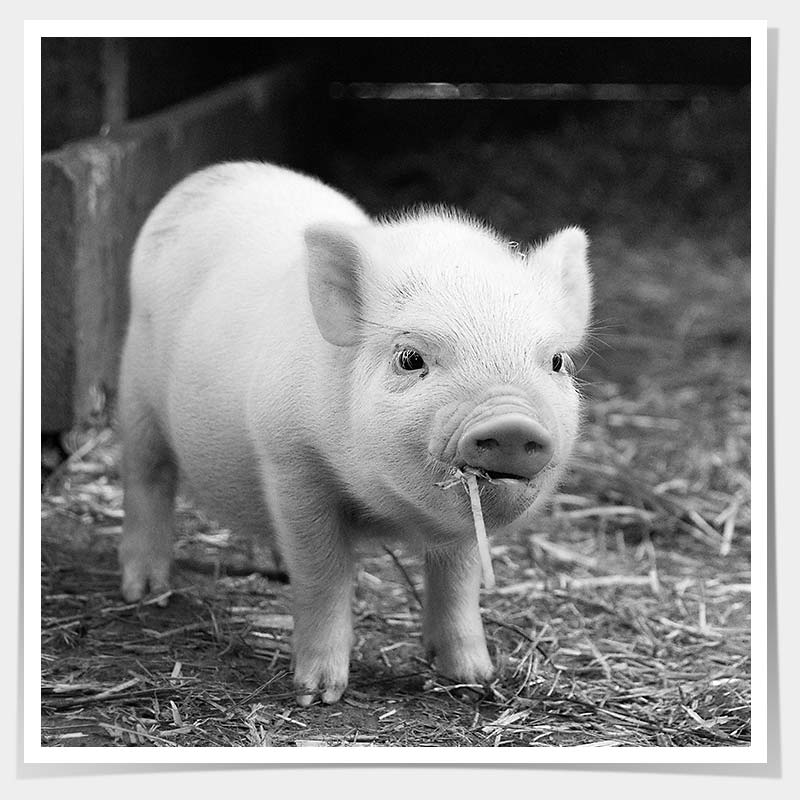
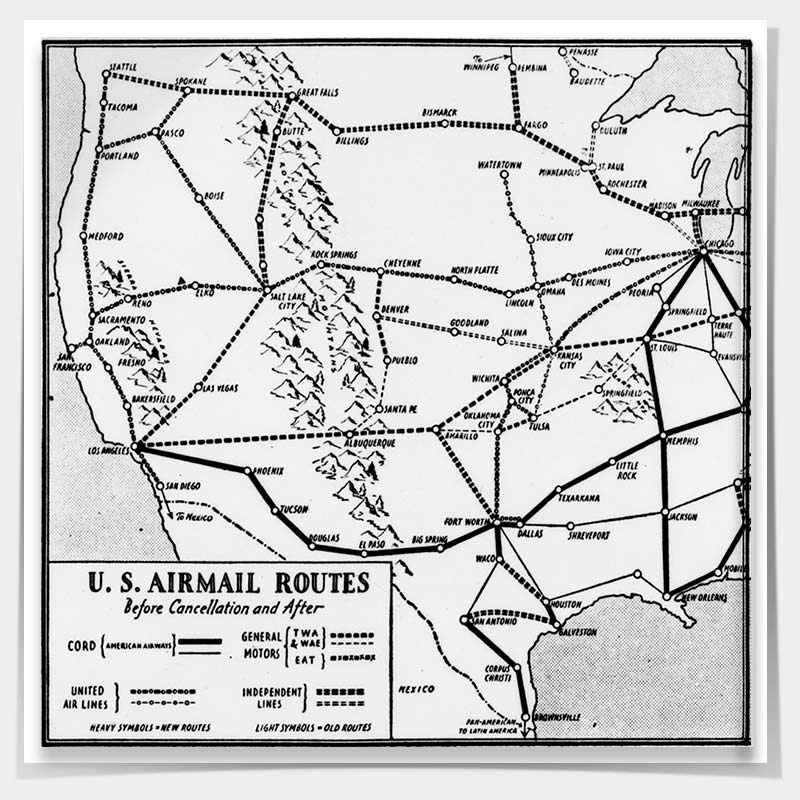
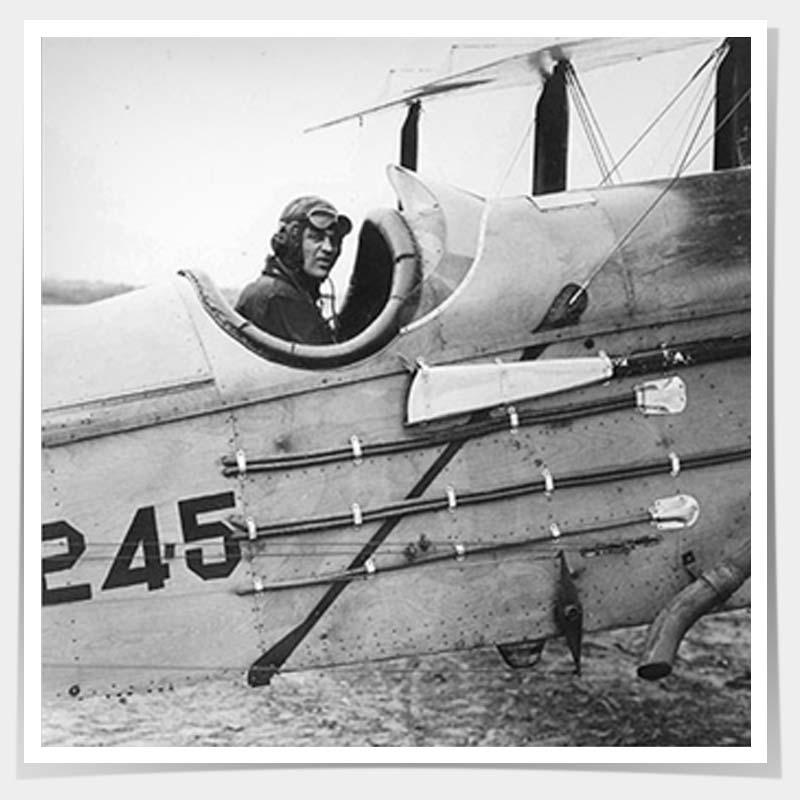
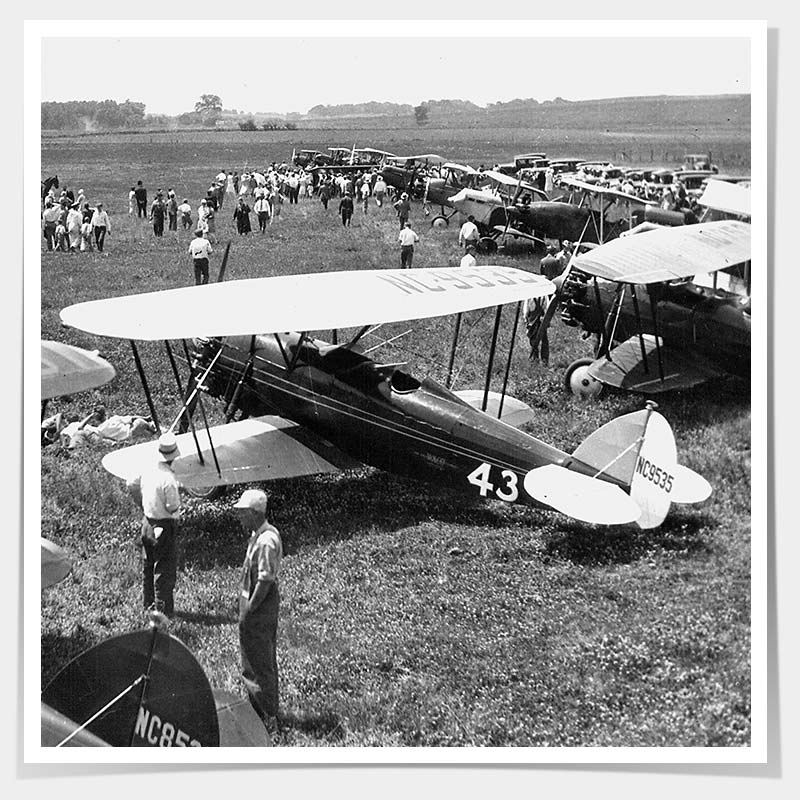
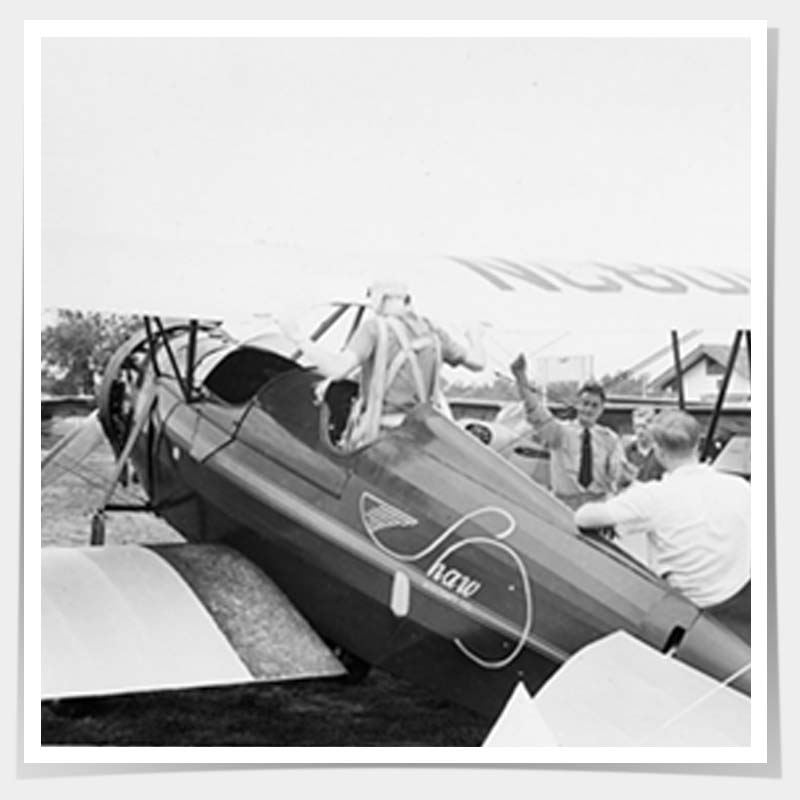
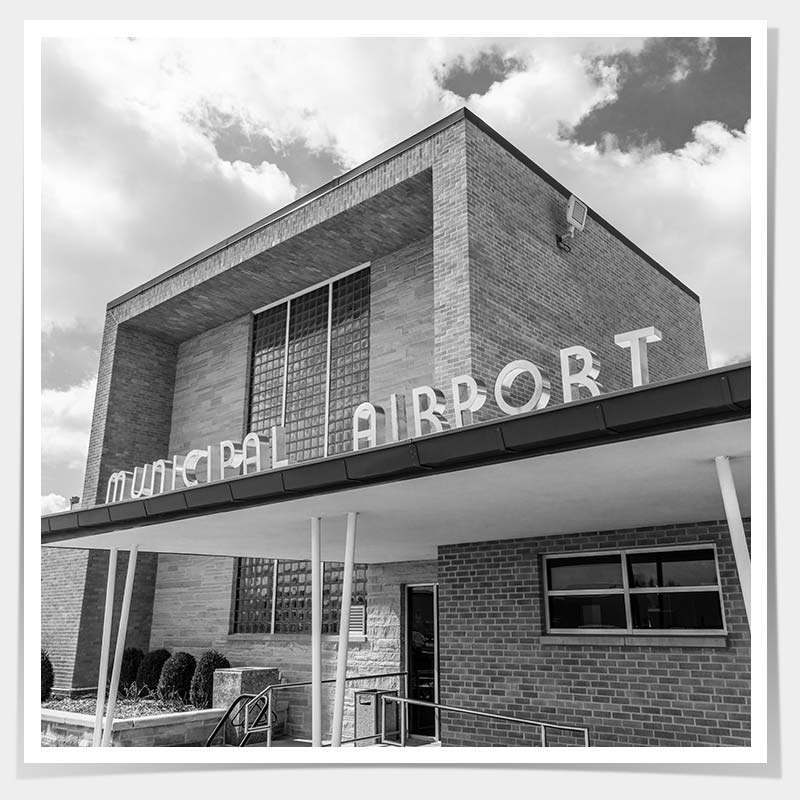
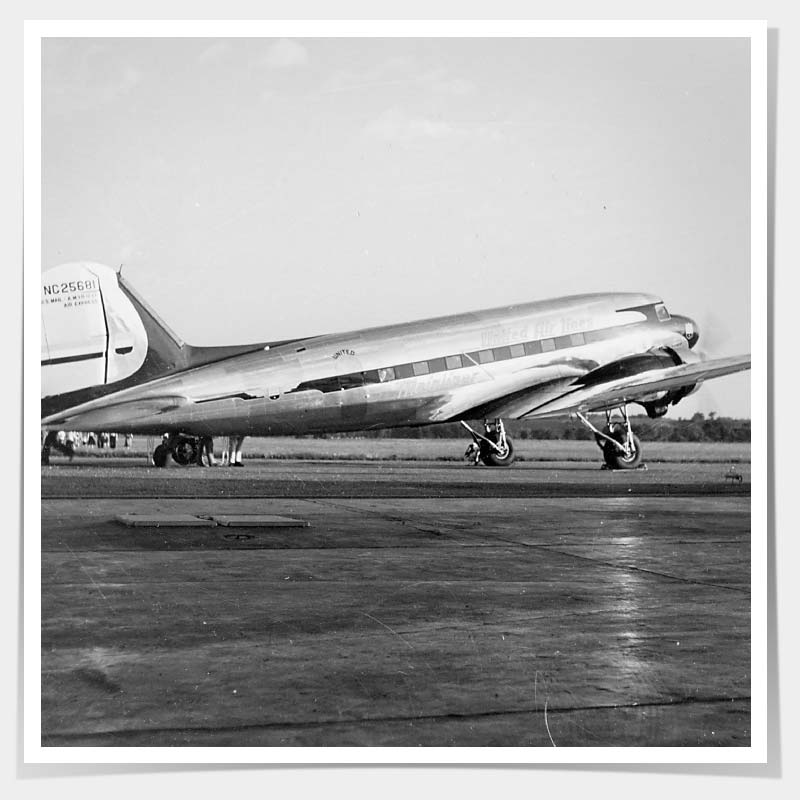
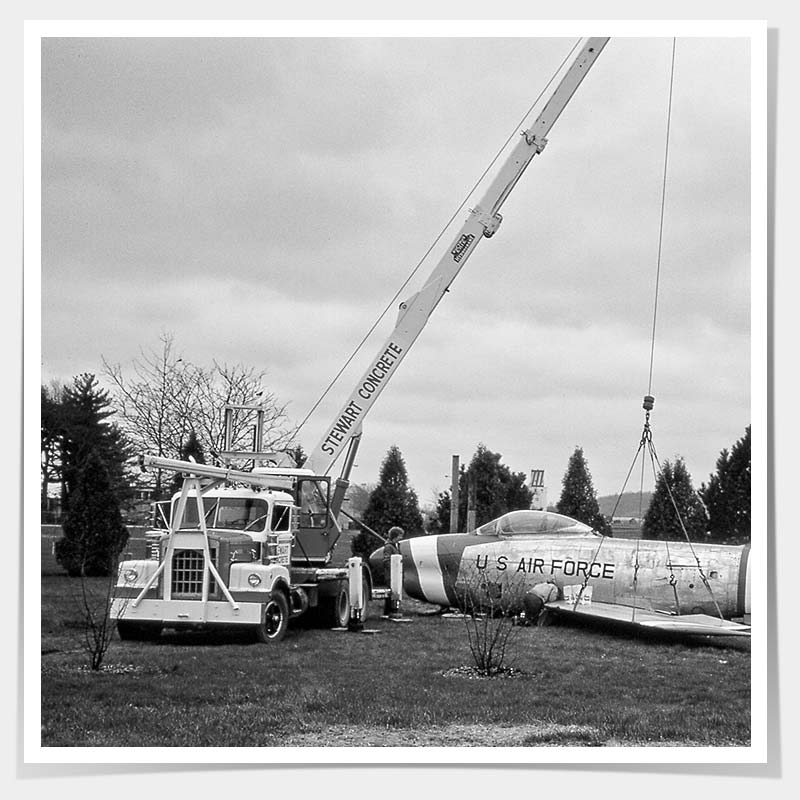
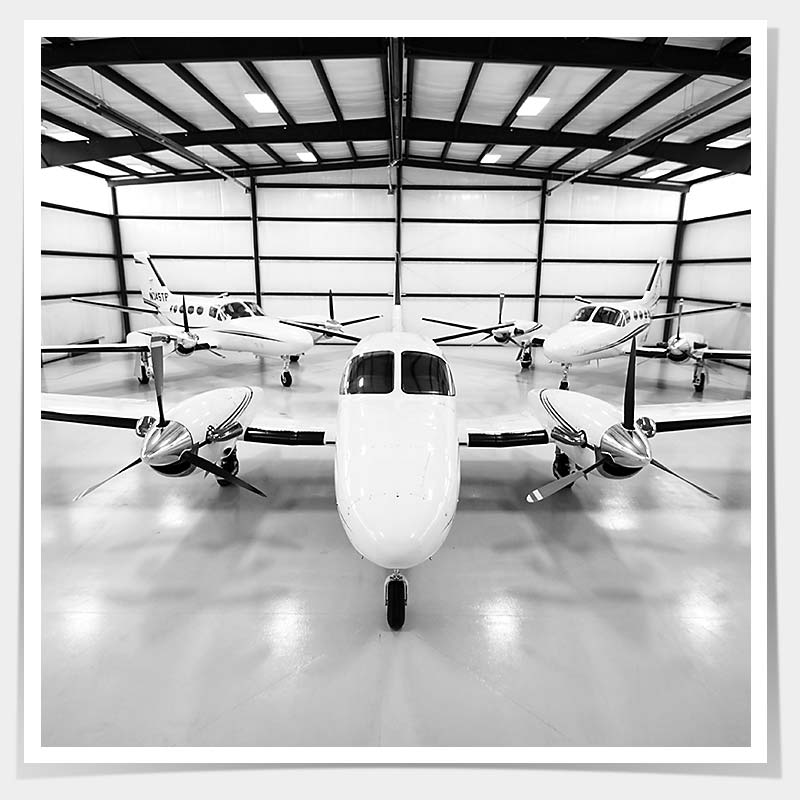
Neither the City of Iowa City, nor any agency, officer or employee of the City of Iowa City warrants the accuracy, reliability or timeliness of any information published by this system, nor endorses any content, viewpoints, products or services linked to from this system, and shall not be held liable for any losses caused by reliance on the accuracy, reliability or timeliness of such information. Portions of such information may be incorrect or not current. Any person or entity that relies on any information obtained from this system does so at his or her own risk.